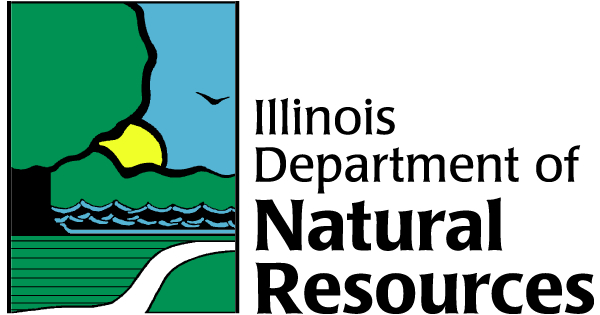Habitat Management Tools & Techniques
Management of any undeveloped land is critical in conserving the integrity and connectivity of native habitat. While much of the remaining habitat available to wildlife continues to become developed and fragmented, it will become necessary for small landowners to aid in the overall conservation of native species. With over 95% of Illinois under private ownership, it is imperative for landowners and governing agencies to work together to manage and improve the quality of habitat on Illinois' private lands.
Infestations of Non-native invasive species (NNIS) have covered thousands of acres of Illinois’ remaining grassland and forested areas. Management aimed to improve native species survival is crucial in securing the health and vigor of wildlife populations, which depend on those native species for survival. Many NNIS will out compete native species due to faster growth rates and longer growing seasons. As NNIS spread and thrive, unmanaged habitat is at a tremendous risk of reduced biodiversity and native wildlife forage.
The exclusion of occasional disturbance (i.e., fire/harvest) and lack of management has allowed NNIS to explode across the landscape. These species not only deter the ability of native species to regenerate, but they can also cause increased soil erosion and decreased water quality. In order to preserve our wildlife, soil, and water, we must manage our land to ensure the survival and regeneration of native species.
Griding
Native Seeding
Mechanical
Spraying


